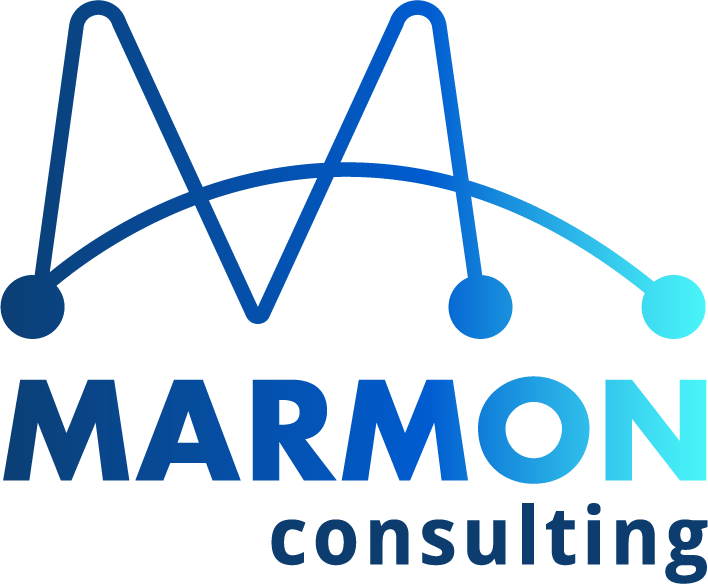Blog


Pam Marmon
How to Cut Through the Noise and Communicate with Your Audience
The following is adapted from No One’s Listening and It’s Your Fault
Given our current circumstances, businesses and organizations have no option but to change. In-person meetings have become virtual video calls, conferences have been moved online or cancelled, and employees are working remotely. Under normal circumstances it can be difficult for leaders to cut through the noise and make an emotional, profound impact on an audience. Today, it might be more difficult. People see a near-endless stream of ads, messages, and media every day, and it tends to all blend together in a blur of words, shapes, and color.
So, how can you communicate when everything around you seems to try its best to drown out your message? Our brains are wired to look for patterns and decode meaning, and properly utilized, these mediums can empower you to reach your audience in deep and impactful ways.
As I’ll explain, even in the day-to-day hustle, you can draw in and captivate your audience’s attention by tapping into what’s important to them, sending a clear message, and enhancing your words with meaningful visuals.
Know Your Audience and Speak Their Language
It’s important to know your audience and speak their language, literally and figuratively. You must understand what is interesting, important, and exciting to them, and go out of your way to speak to their most unique side.
I’d like to share a story that illustrates just how critical it is to communicate personally with your audience—a story that shows how when you tap into their subconscious, your message will stand out as distinctly as if it were lit with neon.
Recently, my husband, Sam, and I took one of our sons to the local mall to spend special time with him. As we were walking to the nearby carousel, I was surprised to find my husband staring at a sign and looking intently at his phone. He was grinning, so I suspected something interesting caught his eye.
Sam ran over to show me codes on his phone, and I saw how excited he was to interpret a secret message. Someone was speaking his language! Sam is a computer and electrical engineer, and, at the time, we lived in a town known for attracting highly skilled engineers and scientists in droves.
To me, the sign was invisible and irrelevant, but to Sam and his professional peers, it stirred curiosity and invited action. The sign had no contact information, no phone number, and no branding. It contained only a QR code and some obfuscated programming code.
What we must conclude is that those who are not your audience will ignore your message. To them, it will be completely invisible. Instead of trying to reach everyone, it is more important to spend time learning to address your true audience in their own language.
Decode Communications to Cut through Noise
Think of the language you use as the vibrations of radio waves. Radio waves have frequencies. Antennas receive transmitted radio waves. Relating this to communications, put out a frequency only in the band where your audience resides.
When you transmit on the right radio frequency, your audience can tune in and receive your message loud and clear. Conversely, when you transmit on the wrong radio frequency, you are broadcasting static noise.
Cut through the noise by identifying the channels to which your audience is listening. Understand where they are getting their information from, and tune into their preferred channel with a message spoken in their language. A captivated audience can take action.
Similarly, when you communicate a message within your organization, keeping it broad, vague, and full of jargon typically equates to a message that is ignored. People listen for sounds they can interpret. If you speak to them in a foreign language they can’t understand, you may catch their attention just long enough to realize they’ve moved on to something they can understand.
Our bodies naturally want to preserve our brains from using too much brainpower. Simple messages are more memorable—they stick.
Start with the Foundations and Build with Visuals
As you begin to communicate, build your message with foundational content. Introductory messages answer the following questions:
- What is this about?
- What’s in it for me?
- Why should I care?
As your work progresses, you can begin to insert layered messages where you touch on the foundational content and answer the following questions:
- How does it impact my work?
- What’s expected of me?
- How does it align with our organization’s vision?
As you refine your message, enrich your words with audio or visual communications or storytelling. While much of the communications are presented as written content, visual communications like graphics or video can convey progress, vision, and a path forward.
Words hold power, and sometimes, audio and visuals hold the power of a thousand words. If you use a mix of written, verbal, and visual communication to reach your audience in a language they understand and appreciate, tapping into what makes them them, you will cut through the noise and be heard loud and clear.
For more advice on improving organizational communication, you can find No One’s Listening and It’s Your Fault on Amazon.
PAM MARMON is the CEO of Marmon Consulting, a change management consulting firm that provides strategy and execution services to help companies transform.
